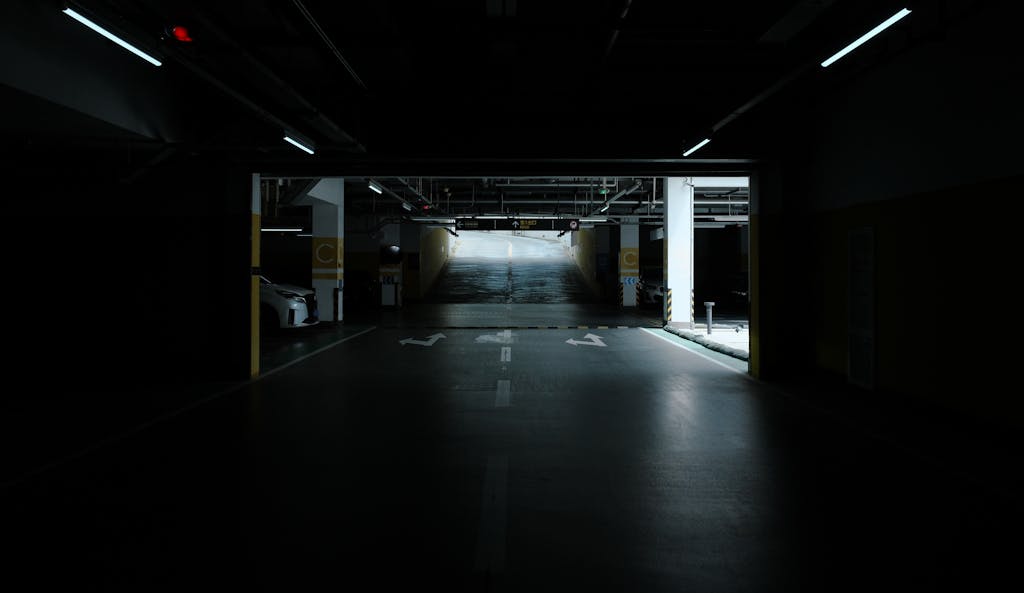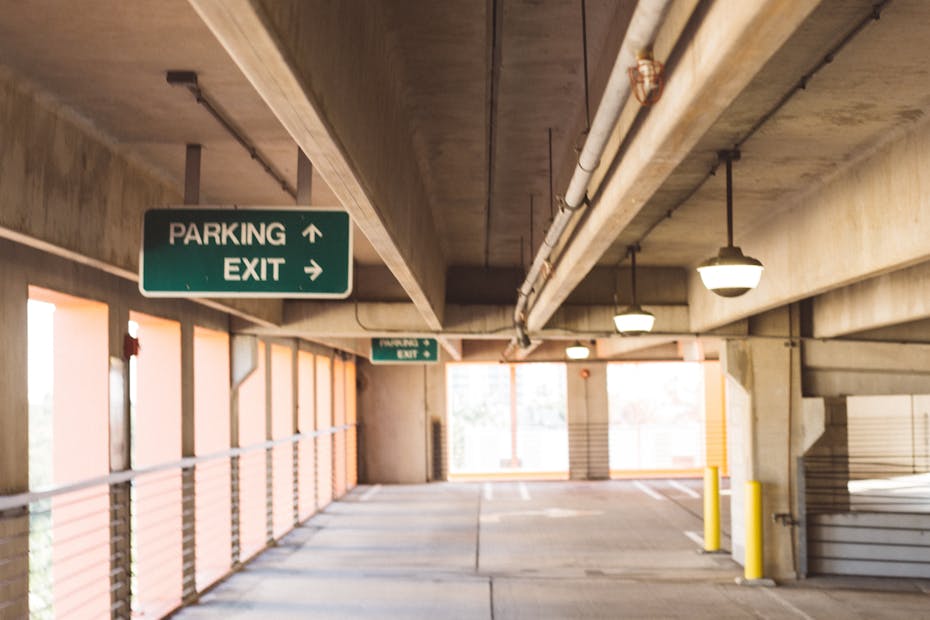Parking structures, while often overlooked, are critical components of urban infrastructure. They support the movement of millions daily, yet they face unique safety challenges that demand meticulous attention. From design and construction to regular maintenance and inspections, ensuring the safety of parking structures is a multi-faceted task. This article explores the essential aspects of parking structure safety, supported by precise data and actionable insights.
The Importance of Parking Structure Safety
According to a 2022 report by the National Institute of Building Sciences, there are over 60,000 multi-level parking structures in the United States alone. These structures, responsible for housing millions of vehicles, must be designed to withstand significant loads, environmental conditions, and wear-and-tear from daily use. However, without proper maintenance and regular safety checks, these structures can become safety hazards, leading to costly repairs or even catastrophic failures.
Key Safety Concerns in Parking Structures
- Structural Deterioration
- Corrosion of Reinforcement: Steel reinforcements within concrete are susceptible to corrosion due to water seepage, often exacerbated by deicing salts. Studies show that up to 15% of parking structures in North America require immediate repairs due to corrosion-related damage.
- Cracking and Spalling: Over time, thermal expansion, load stress, and environmental exposure can lead to cracks and surface spalling, compromising structural integrity.
- Load-Bearing Capacity
- Parking structures must endure dynamic loads from vehicles, often exceeding 2,000 kg per vehicle. Overloading or poor design can result in progressive structural failure.
- Fire Hazards
- Vehicles carry flammable materials, making parking structures vulnerable to fires. A study by the National Fire Protection Association in 2020 highlighted over 1,500 fires annually in parking facilities in the U.S., with damages exceeding $30 million.
- Design Flaws
- Poor ventilation, inadequate drainage, and insufficient lighting are common design issues that compromise safety and user experience.
Techniques for Enhancing Parking Structure Safety
1. Routine Inspections and Maintenance
Regular inspections are the backbone of parking structure safety. The International Concrete Repair Institute (ICRI) recommends biannual visual inspections and detailed structural assessments every 3-5 years, depending on usage and environmental exposure.
2. Advanced Materials for Durability
Utilizing high-performance materials, such as low-permeability concrete and corrosion-resistant reinforcements, can significantly reduce maintenance needs and prolong the lifespan of structures.
3. Fire Protection Systems
Installing fire detection and suppression systems, including sprinklers and smoke ventilation systems, is crucial. Modern systems can reduce fire damage by 70%, according to a 2021 study on fire safety in parking facilities.
4. Smart Technologies
Integrating IoT-based monitoring systems allows for real-time assessment of structural conditions, including stress loads, temperature changes, and moisture levels. These technologies can predict failures before they occur, reducing repair costs by up to 25%.
5. Adhering to Standards and Codes
Compliance with local and international safety standards, such as the International Building Code (IBC) and American Concrete Institute (ACI) guidelines, ensures that parking structures are designed and maintained to the highest safety standards.

Case Study: Safety Retrofitting in Urban Parking Structures
A 2019 project in Chicago involved retrofitting a 25-year-old parking structure serving over 500 vehicles daily. Engineers employed advanced materials like fiber-reinforced polymer (FRP) wraps to strengthen load-bearing columns. The project also included the installation of a smart monitoring system. As a result:
- Maintenance costs were reduced by 40%.
- Structural lifespan was extended by an estimated 20 years.
- User satisfaction increased due to improved lighting and drainage systems.
The Role of Architects and Designers
Architects and engineers play a crucial role in ensuring parking structure safety. Beyond technical expertise, they must consider user-centric designs that prioritize safety and accessibility. At INJ Architects, our approach combines innovative materials and cutting-edge design to create parking structures that are both functional and safe. Whether through our projects or ongoing research, we remain committed to excellence in urban infrastructure.
Conclusion
Parking structure safety is a critical issue that intersects engineering, design, and urban planning. By embracing advanced materials, smart technologies, and regular maintenance protocols, cities can ensure these essential structures remain safe and efficient for years to come. As urbanization continues, prioritizing the safety and sustainability of parking facilities is not just a necessity it’s a responsibility.
Sources:
- National Institute of Building Sciences, “Parking Structures Safety Report,” 2022
- National Fire Protection Association, “Fire Incidents in Parking Facilities,” 2020
Finally, for more on INJ Architects:
